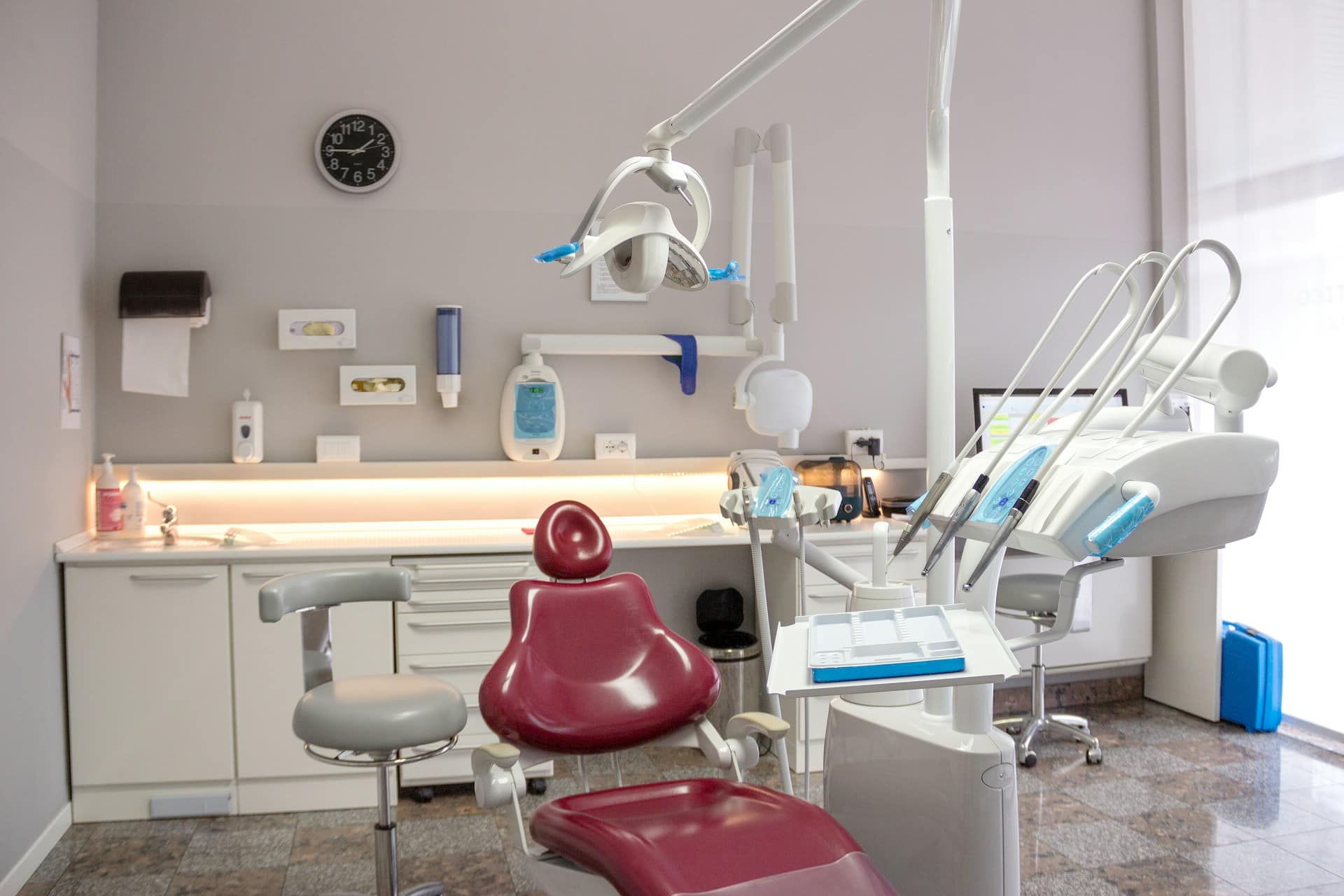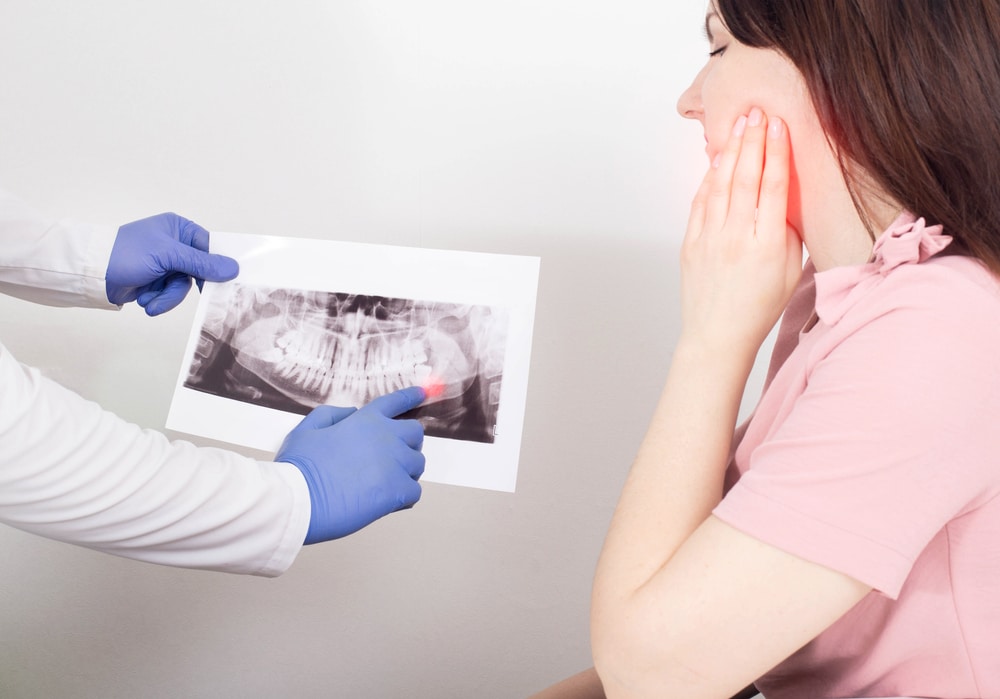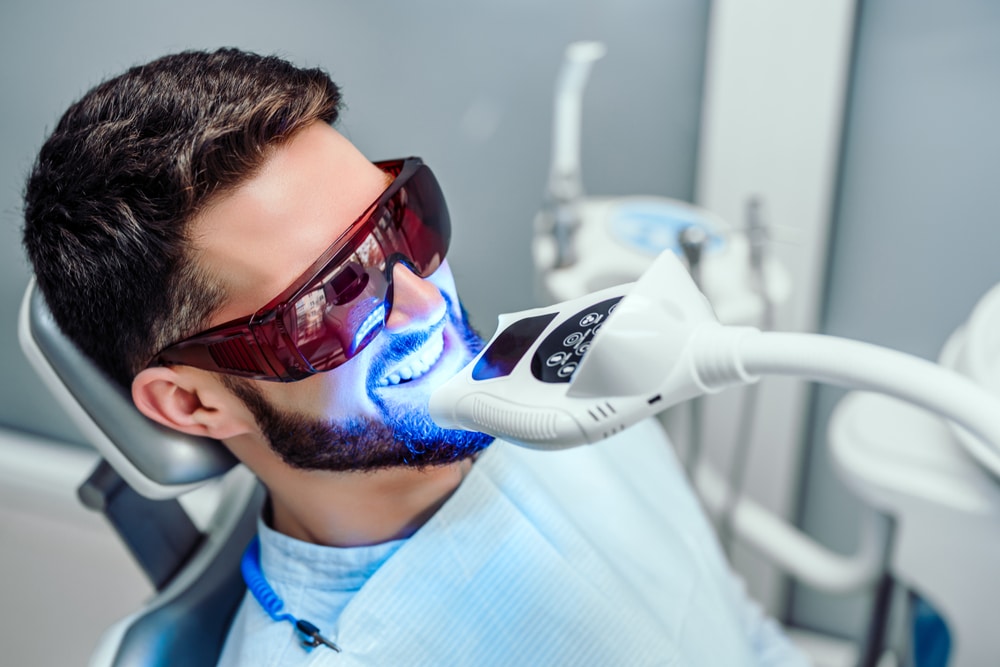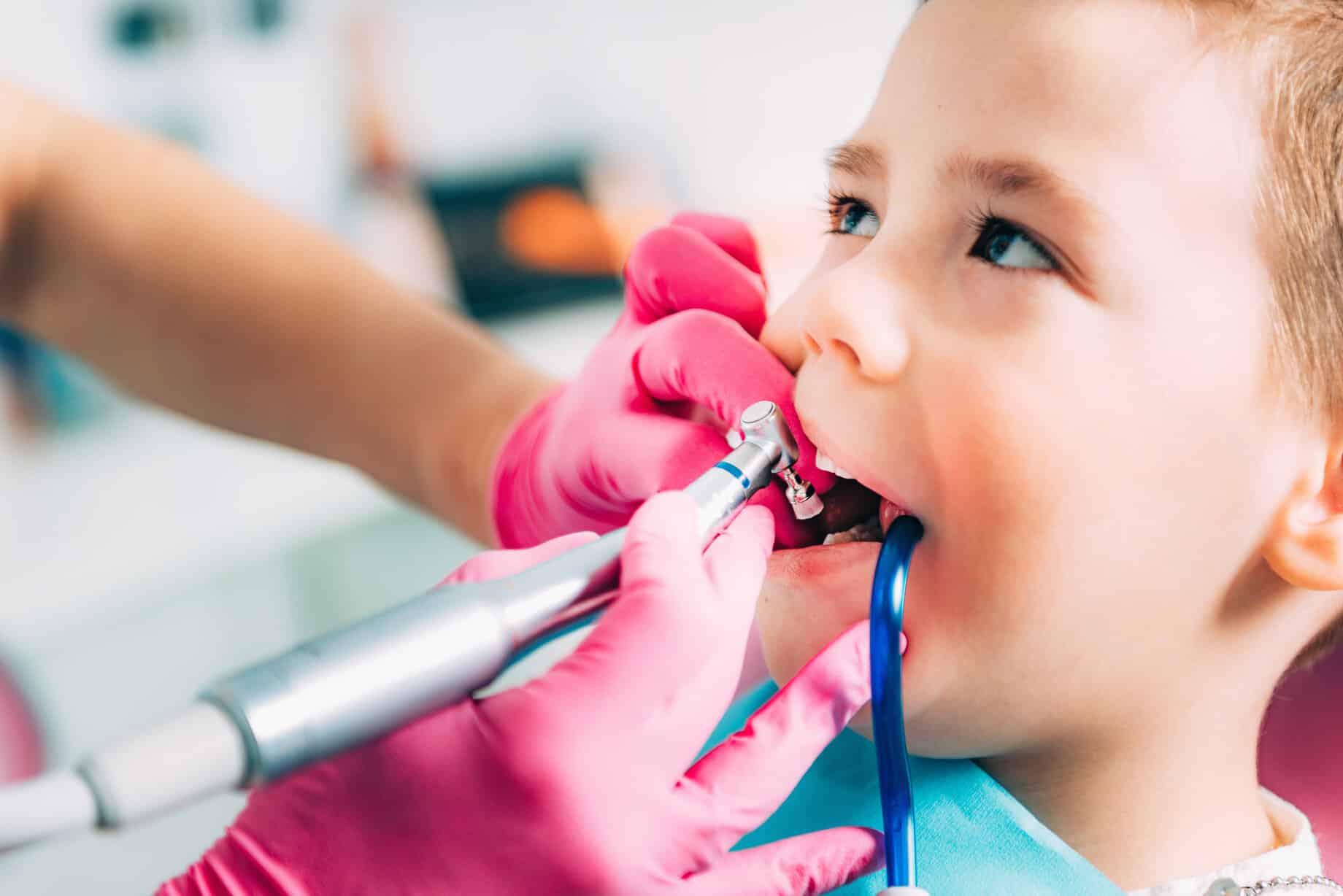Sedation dentistry has become a popular choice for many people in areas like Ajax, Whitby, Pickering, and Scarborough. Visiting the dentist doesn’t have to be a nerve-racking experience anymore, thanks to this innovative approach. For those who find themselves dreading dental procedures, sedation dentistry provides a much-needed solution. It’s about feeling at ease and comfortable during your dental treatment. With sedation dentistry, even the most anxious patients can handle their appointments with ease.
Whether you’ve had previous negative dental experiences or simply feel uneasy at the thought of a procedure, sedation dentistry offers a way to address these concerns. It helps transform the perception of dental visits from a stress-inducing event to a manageable part of your healthcare routine. By opting for sedation, many people have found they are more willing to maintain their oral health, ensuring that routine care doesn’t fall by the wayside due to fear.
What Makes Sedation Dentistry Different
Sedation dentistry differs from traditional approaches by focusing on relaxation and ease. It is designed specifically for those who might experience anxiety or discomfort during dental treatments. Here’s a closer look at what sets it apart:
- Oral Sedation: Involves taking a pill, which leaves patients conscious but deeply relaxed. It’s convenient and non-invasive, often used for its simplicity and effectiveness.
- Inhaled Sedation: Commonly known as laughing gas, this method is administered through a mask placed over the nose, helping patients remain calm and comfortable.
- IV Sedation: Delivered directly into the bloodstream through an IV, allowing for deeper sedation while still keeping the patient responsive.
- General Anesthesia: Used for extensive treatments, this method renders the patient completely unconscious, typically for more intensive procedures.
Each of these types is suited for different situations, so it is important to consult with a dental professional to determine the best fit for your needs. What makes sedation dentistry unique is its adaptability to individual comfort levels, ensuring that everyone can find an approach that works for them. This flexibility allows more people to access necessary dental care without the barriers posed by anxiety or fear.
Key Benefits of Sedation Dentistry
Sedation dentistry brings with it a variety of benefits that make dental visits more manageable for many people. One of the most significant advantages is the reduction of anxiety and stress that patients often feel when visiting the dentist. For those who dread the sound of drills or just being in the dental chair, sedation offers a path to calm and stress-free visits. It transforms what could be an apprehensive experience into one of peace and relaxation.
Another benefit is the enhanced comfort it provides during procedures. By being in a deeply relaxed state, patients often find that time passes quickly, making longer sessions feel much shorter. This comfort is vital for managing lengthy or complex procedures that might otherwise be intimidating. Additionally, sedation can be quite accommodating for people with certain physical challenges, such as a sensitive gag reflex or a low pain threshold, ensuring they can get the care they need without discomfort.
Moreover, sedation allows for multiple procedures to be performed in a single appointment. For those with busy schedules, this can be a game changer by reducing the number of visits needed. It makes it easier for patients to stay on top of their dental health without needing to disrupt their routines. This combination of comfort and efficiency makes sedation dentistry an appealing choice for anyone looking to improve their dental experience.
Situations Where You Might Consider Sedation Dentistry
Sedation dentistry is especially beneficial in various situations. If you experience severe dental anxiety or have a phobia, sedation can be an excellent way to calm nerves, allowing you to take care of your oral health without stress. It’s also a suitable option for individuals who find themselves overwhelmed by the thought of undergoing dental work.
For complex or lengthy dental procedures, sedation offers a way to remain relaxed throughout the process. Whether it’s a routine cleaning that seems daunting or more involved work like extractions, sedation can ensure you feel comfortable throughout. Those who have had traumatic past experiences at the dentist may find sedation particularly reassuring, as it helps prevent those fears from resurfacing.
Additionally, individuals with heightened sensitivity to treatment or a strong gag reflex can benefit significantly from sedation dentistry. This approach ensures that involuntary reactions don’t interfere with the dentist’s ability to provide necessary care. By considering sedation, patients can alleviate these barriers and focus on achieving optimal oral health.
How to Prepare for a Sedation Dentistry Appointment
Preparing for a sedation dentistry appointment involves a few steps to ensure a smooth and safe procedure. Initially, you’ll need to consult with your dentist to discuss the specific type of sedation that will be most suitable for your needs. This conversation will help outline the process and address any questions you might have.
Before the appointment, follow any pre-procedure instructions given by your dentist. These might include dietary guidelines, such as avoiding food or drink before the procedure, and information about any medications you should take or avoid. Following these instructions will help the sedation process go smoothly and effectively.
Post-procedure care is just as important, and understanding what to expect afterward will make your recovery period more comfortable. You may need to arrange for someone to drive you home and to rest for the remainder of the day. By knowing what the day will entail, you can focus on the benefits of your treatment without added stress.
Ready for a Relaxing Dental Experience?
Sedation dentistry offers a unique and worthwhile approach to dental care. It opens the door to a more relaxed and comfortable experience for everyone, from those who feel anxious to those needing complex procedures. By minimizing stress and maximizing comfort, sedation dentistry makes it easier for patients to maintain their oral health without hesitation. If you’ve been putting off necessary treatments because of fear or discomfort, sedation dentistry provides an effective solution worth exploring.
If you’re ready to experience the difference and embrace a more comfortable way of handling dental care, consider exploring sedation dentistry at Pickering Dental Services. Discover how this approach can transform your dental visits into a much more relaxed experience. For more information, contact our team today.






